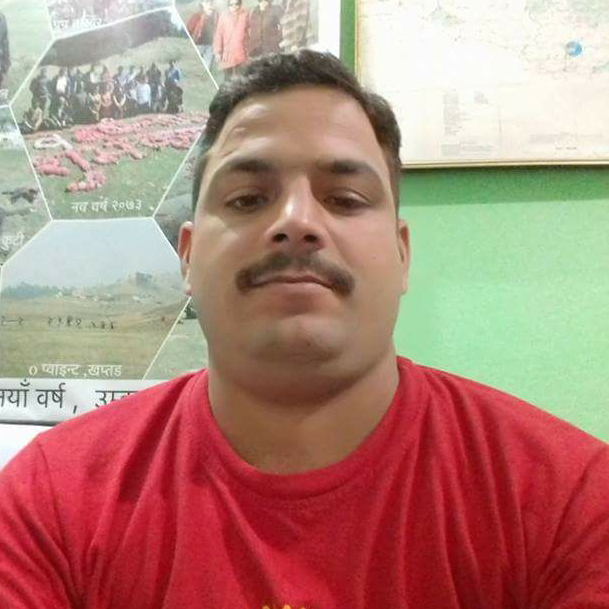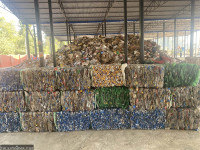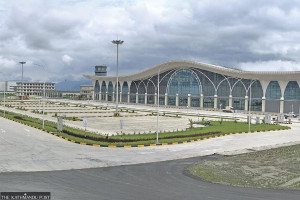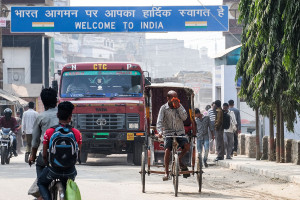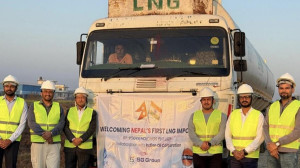Money
Winter harvest likely to be hit as fertiliser shortage harasses farmers
As farmers rush to plant their winter crops, several districts are reporting they are short of plant nutrients, particularly urea.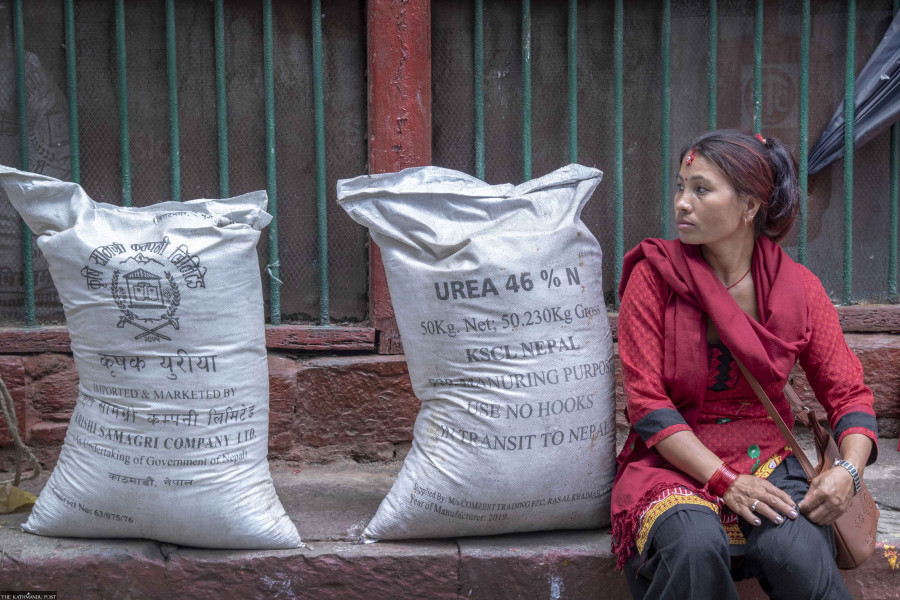
Sanju Paudel, Shankar Acharya & Bhawani Bhatta
Farmer Nanda Woli of Gularia may have to leave one-fourth of her field unsown this winter as she has not been able to get enough chemical fertiliser to plant her wheat crop.
“I visited the cooperative for several days and got some fertiliser,” she said. “It is not enough so I have to go to the bordering markets in India to get more.”
If Woli cannot get chemical fertiliser smuggled in from the bordering towns in India, she will have to leave one-fourth of her one and a half bigha farm uncultivated because of the small weather window.
“Production will definitely drop if I do not apply fertiliser.”
Farmer Dharma Dev Dhawal of Bhairahawa too is worried. He, however, is depending on a local trader to buy diammonium phosphate (DAP), the world's most widely used phosphorus fertiliser.
“I am buying it at Rs69 per kg.” He got the plant nutrient from a trader last year too, but the price was not so high. Subsidised DAP is available at Rs14 per kg.
A shortage of nitrogen fertiliser due to soaring natural gas prices is threatening to reduce global crop yields next year, according to global fertiliser firms. The shortage is likely to impact Nepal severely, causing a risk of food crisis.
“The farm's vital inputs are not available at the government authorised cooperatives. I have no option. I decided to buy them from private traders,” said Dhawal, who owns 10 katthas of land. He too has left one-fourth of his land uncultivated.
As farmers rush to plant their winter crops—wheat, maize, mustard and pulses—with the chill setting in, several districts across the country are reporting a massive shortage of chemical fertiliser, particularly urea.
Many regional offices of Agriculture Inputs Company, however, have been saying that there is no shortage despite widespread concerns.
“During October-November, there was a shortage of DAP. But we have adequate stocks now,” said Ganesh Prasad Ghimire, information officer at the Agriculture Inputs Company regional office in Bhairahawa. “But we don’t have enough urea to meet the current demand,” he said. According to him, they have a stock of 2,500 tonnes of urea that could last for a few days.
The shortage of vital farm inputs may dampen this year’s winter crop harvests which are a crucial source of income for tens of thousands of farmers across the country.
As the global fertiliser crisis has worsened, including in India, adequate imports for the next crop in June too looks difficult, according to officials at Salt Trading Corporation, a public-private company that distributes state-subsidised chemical fertilisers.
Farmers in Nepal have been enduring fertiliser shortages every year.
“We have been suffering for several years. We don’t get the fertiliser on time,” said Janak Raj Joshi, a farmer in Kanchanpur.
The warehouse of the Agriculture Inputs Company office in Mahendranagar is empty too. “We had a small quantity of fertiliser until Wednesday. We have distributed it. We are empty now,” said Bal Bahadur Shah, chief of the Agriculture Inputs Company office in Mahendranagar.
But farmers of Bhimdatta, Bedkot and Dodhara-Chandani have not been able to get even a small quantity of fertiliser. "Some of the cooperatives in the southern region have brought fertiliser by themselves, but there is a severe scarcity in Bhimdatta Municipality, including other municipalities," Shah said.
“There is a problem with the supply. Many fertiliser contractors agree to supply the product at a low rate, but flee when it is time to make deliveries, causing shortages," said Shah. But farmers say it's the government’s responsibility to ensure fertiliser availability on time, not the contractors.
There is no urea at the Agriculture Inputs Company office in Dhangadhi. As farmers have sowed wheat in the field, urea is essential. "But DAP has started to arrive," said Nawal Bahadur Bogati, chief of the company’s office.
"Urea is likely to arrive next week," said Bogati.
The far western region requires 5,000 tonnes of urea for the wheat crop season, but only 3,100 tonnes had arrived as of mid-June. In the far western region, fertiliser is brought through the Bhairahawa border point.
Punya Prasad Ghimire, chief of Agricultural Inputs Company in Bhairahawa, said the winter’s crop demand could not be met due to low imports. "Despite the requirement of 30,000 tonnes of DAP and 40,000 tonnes of urea for the wheat season, only 19,000 tonnes of urea has arrived in Bhairahawa so far. Fertiliser is being sent to all areas as per availability," Ghimire said.
Province 2 has also been facing a fertiliser shortage during the sowing time for winter crops. Farmers in the district, who somehow managed to get fertiliser for their paddy crops last June, are facing the same problem again.
There is an acute shortage of chemical fertiliser in all the eight districts of Province 2. The government has not shown any interest in supplying fertiliser even though the farmers are struggling to get it, insiders said.
This is the main season for sowing wheat after harvesting paddy.
Nathuni Mahato, a farmer of Bateshwor, Dhanusha, said that if urea is not applied on the wheat crop, the plants cannot grow healthily.
In Gandaki province, the entire region has been suffering from a fertiliser shortage. The Agriculture Inputs Company’s regional office in Pokhara has only 402 tonnes of urea. But Narayan Prasad Sharma, chief of the office, said there was no shortage. “We still have a stock of 402 tonnes.”
The shortage has also started worrying farmers in Bagmati province.
Indra Bahadur Timilsina, member of Namuna Small Farmers Cooperative in Bahrabise which distributes state-subsidised chemical fertiliser, said he had been making phone calls to major depots for weeks, but there is no fertiliser anywhere. “If the shortage lasts long, it will hit the upcoming paddy season in June and hurt the livelihood of farmers.”




 13.12°C Kathmandu
13.12°C Kathmandu

